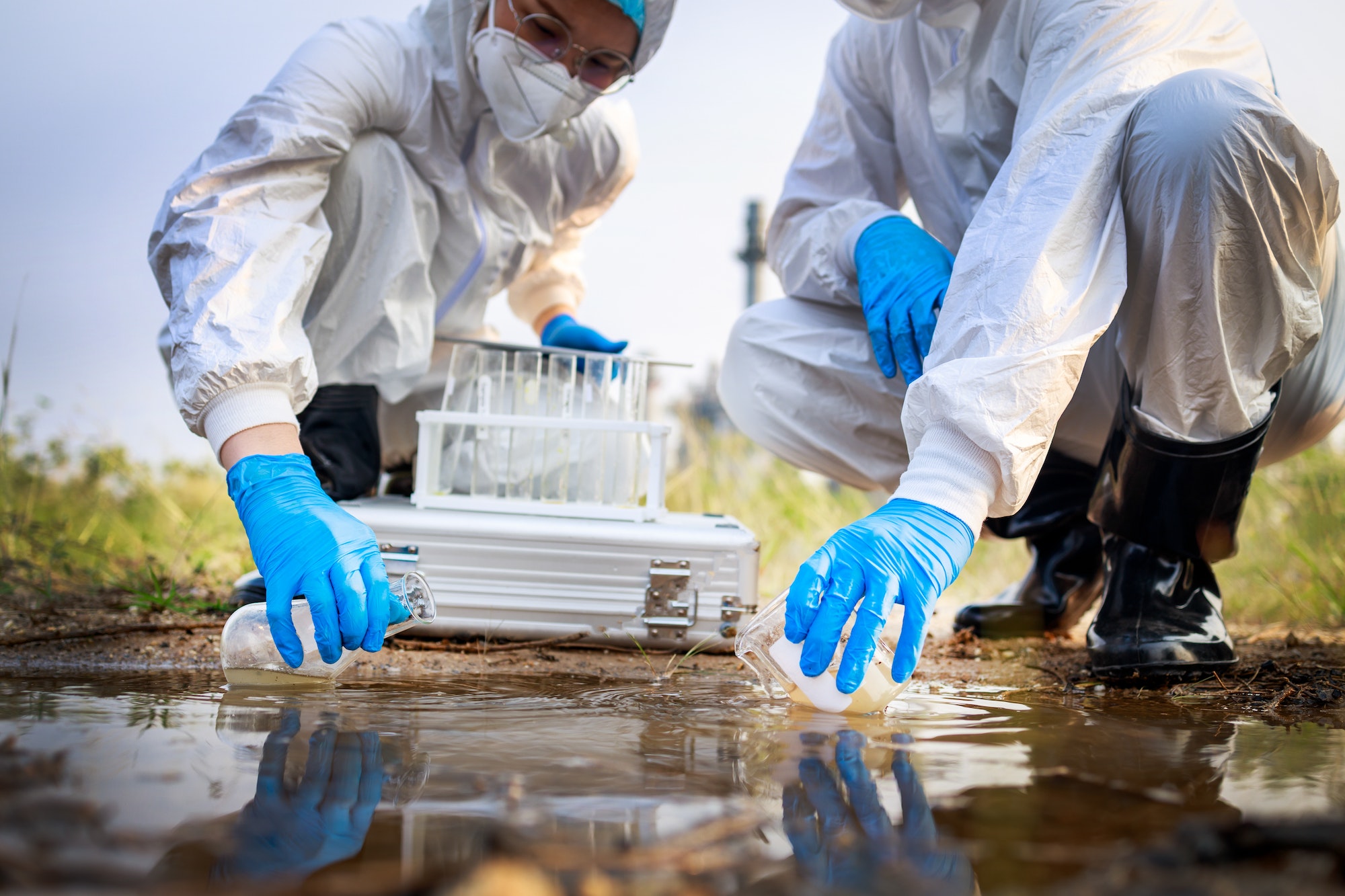The integrated biorefinery approach is a promising solution to the global energy crisis and environmental concerns. This approach aims to utilize waste streams from various industries as nutrient sources, creating value-added products while minimizing waste generation. One of the emerging trends in this field is algae biofuel production, which has gained significant attention due to its potential to produce sustainable and renewable energy.
Algae are photosynthetic microorganisms that can convert sunlight, CO2, and nutrients into biomass. This biomass can be converted into various value-added products such as biofuels, animal feed, fertilizers, and chemicals. Algae biofuel production offers several advantages over conventional biofuel production methods using food crops or lignocellulosic biomass. These advantages include higher biomass productivity per unit area, non-requirement of arable land, and the ability to utilize wastewater and CO2 from industrial processes as nutrient sources.
The utilization of waste streams from other industries as nutrient sources for algae cultivation is a key aspect of the integrated biorefinery approach. This approach not only reduces the cost of algae cultivation but also addresses environmental issues associated with waste disposal. Some of the waste streams that can be potentially used as nutrient sources for algae cultivation include:
- Wastewater: Wastewater generated from domestic and industrial processes contains high levels of organic matter and nutrients such as nitrogen and phosphorus. Algae can efficiently remove these pollutants from wastewater while producing valuable biomass for biofuel production. This approach not only reduces the cost of wastewater treatment but also recovers valuable resources from waste streams.
- CO2 emissions: Carbon dioxide (CO2) is a major greenhouse gas that contributes to global warming. Industries such as power plants, cement factories, and steel mills emit large amounts of CO2 during their operations. Algae can utilize this CO2 as a carbon source for photosynthesis, reducing CO2 emissions while producing biomass for biofuel production.
- Agricultural waste: Crop residues and animal manure generated from agricultural activities can be used as nutrient sources for algae cultivation. These waste streams are rich in organic matter and nutrients, providing an ideal growth medium for algae.
Emerging trends and innovations in algae biofuel production are aimed at enhancing the efficiency and sustainability of the process. Some of these trends include:
- Genetic engineering: Genetic engineering techniques are being employed to improve the growth rate, lipid content, and stress tolerance of algae strains. This enables the production of high-yielding strains that can efficiently utilize waste streams as nutrient sources.
- Photobioreactor design: Advanced photobioreactor designs such as flat panel, tubular, and raceway pond reactors are being developed to maximize light utilization, gas exchange, and mass transfer, leading to higher biomass productivity and reduced cultivation costs.
- Harvesting and dewatering technologies: Efficient harvesting and dewatering technologies such as centrifugation, flocculation, and filtration are being developed to reduce energy consumption and improve the overall economics of algae biofuel production.
- Conversion processes: Novel conversion processes such as hydrothermal liquefaction, catalytic upgrading, and anaerobic digestion are being explored to convert algae biomass into biofuels and other value-added products more efficiently.
In conclusion, the integrated biorefinery approach utilizing waste streams from other industries as nutrient sources offers a sustainable solution for value-added products and renewable energy production. Algae biofuel production is an emerging trend that has the potential to address global energy demand while mitigating environmental concerns.


